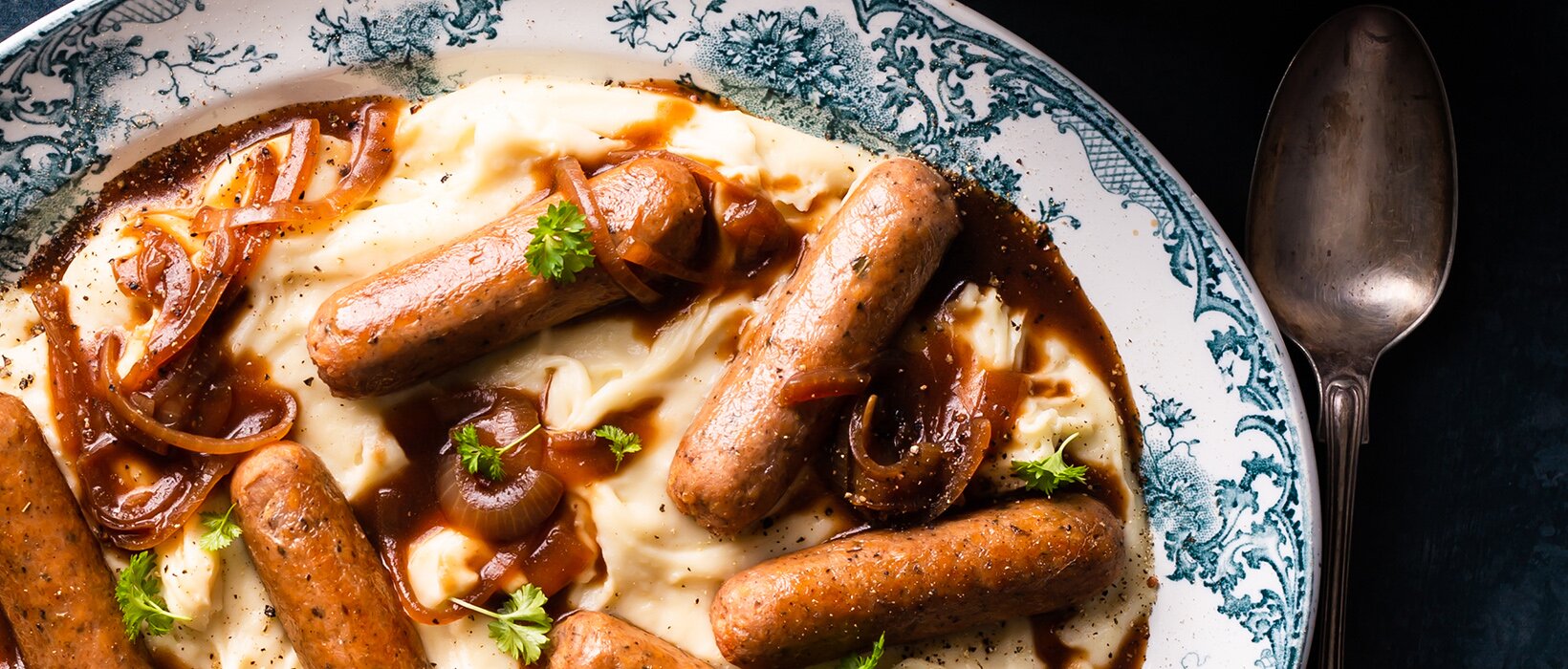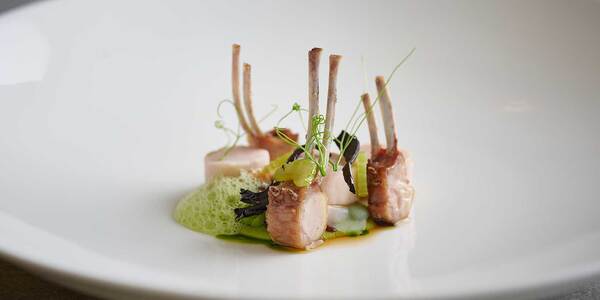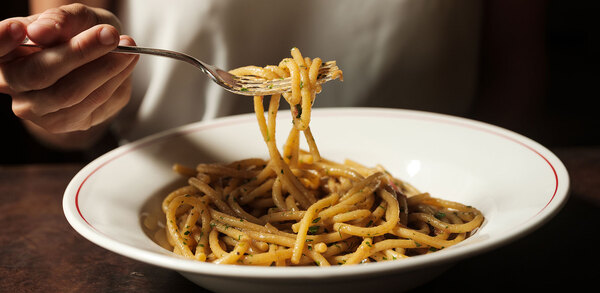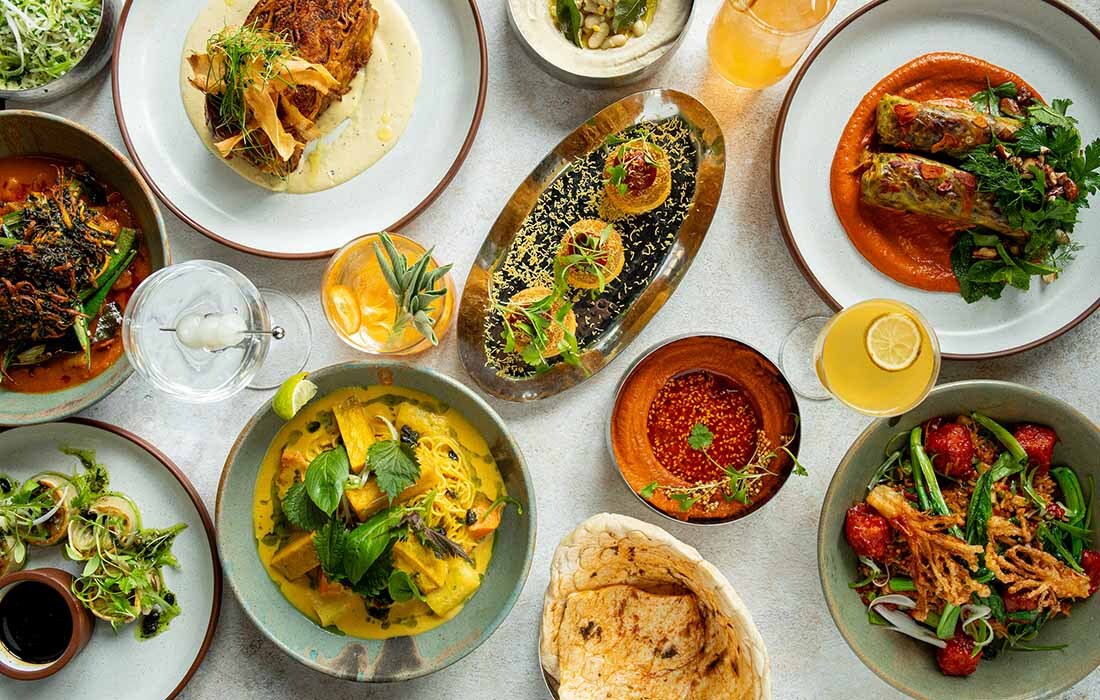Three ways to make plant-based food work for you
The pandemic has accelerated various consumer behavioural changes driven by a re-focusing on sustainability and health. One of these being the demand for plant-based food, which shows no sign of slowing down.
Research from Meatless Farm, the UK’s supplier of plant-based alternatives to pubs and restaurants, indicates that 37% of consumers believe there should be a strong plant-based menu offering when a restaurant re-opens.
Plant-based alternatives are becoming an increasingly crucial part of this sector’s future, with one in three consumers stating they’d like the option to “go meatless” on all dishes rather than a separate menu.
Jade Dodds, Foodservice and QSR Director at Meatless Farm, shares three ways you can make plant-based food work for your offering, aiming to not only deliver value but also attract customer footfall and drive loyalty.
1 Make it easy for yourself
It’s not about re-inventing the wheel for chefs but offering high-protein alternatives to meat that deliver on taste and texture and cook just the same.
There is a tendency for people to think that eating plant-based food is all about being stringently healthy – mainly lettuce leaves and quinoa – when actually there’s real opportunity to create familiar, delicious food, including pub favourites like bangers and mash and spaghetti Bolognese.
It’s also important that operators remember that the vegan/veggie friend in a group will most likely dictate where the group dines depending on the menu options available. So by having a menu that caters to all dietary requirements, operators can really drive sales and footfall to their venues.
2 Choose next generation
Next-generation meat alternatives like the Meatless Farm professional range deliver on taste, texture and quality.
Meatless’ range has been made by a team of chefs and food scientists to ensure they deliver on the all-important taste and texture credentials. They recently switched their burger and sausage recipes to using pea protein for an even meatier taste and texture; so that’s an added layer of security that it will meet customer expectations.

3 Adding value
Including more plant-based food on your menus isn’t limited to burgers, there are a number of plant-based solutions for foodservice. The Meatless Farm’s professional range includes free-flow mince, ready to heat Meatless Bolognese, Meatballs and Meatless cannelloni. Cooked from frozen, the products not only bolster your plant-based offering but can be efficient when it comes to reducing wastage, increasing cost-effectiveness and maximising storage; all important factors facing this industry, especially when operating on a limited menu or with a smaller team.
Meatless Farm aims to improve people’s health through better eating, whilst supporting the environment and reducing the world’s dependency on intensive farming. The supplier works with leading operators including itsu and Greene King.
They recently launched a foodservice campaign ‘We’re Ready To Meatless Again’, which includes a new digital hub for chefs and operators, offering valuable advice and commentary from chefs, experts and EHOs throughout the reopening phase.
For more information, visit: meatlessfarm.com/food-service/
Lee Westcott’s Meatless Farm sausage and bean cassoulet

Serves: 4-5
Prep time: 30 minutes
Cooking time: 1 hour 10 minutes
- 8 Meatless Farm sausages
- 280g onion, peeled and diced finely
- 200g carrot, peeled and diced finely
- 100g celery, finely diced
- 4 large cloves garlic, peeled and crushed
- 1tbs of mixed herbs
- 4 bay leaves
- ½tsp of smoked paprika
- ½tsp of chilli flakes
- 1tsp of fennel seeds, crushed well
- 1tsp of coriander seeds, crushed well
- 3tbs of tomato purée
- 160g cherry tomatoes, cut in half
- 1 tin (400g) of chopped tomatoes
- 500ml vegetable stock (I used 1 vegetable stock cube and 500ml water)
- 1 tin butter beans, drained and rinsed
- 1 tin chickpeas, drained and rinsed
- 1 tin borlotti beans, drained and rinsed
- 1 lemon, juice and zest
- 260g baby spinach, washed
- Small handful of flat leaf parsley, washed and chopped
1 Preheat your oven to 180°C
2 Start by colouring the sausages. Heat a pan to a high heat. Add a few tablespoons of oil and the Meatless Farm sausages. Colour them all the way around as quickly as you can. Remove from the pan and place onto kitchen paper to drain.
3 Sweat the onion, celery, carrot, garlic, mixed herbs and bay leaves in a small drizzle of vegetable oil for 15 minutes on a medium heat in the same pan as above, stirring occasionally.
4 Add the chilli flakes, fennel seeds, coriander seeds and smoked paprika and gently cook on a medium heat for 2 minutes, stirring continuously.
5 Add the tomato puree and gently cook for 2 minutes, stirring continuously.
6 Add the cherry tomatoes and cook on a medium heat for 2 minutes, stirring occasionally.
7 Add the tin of chopped tomatoes and vegetable stock and stir well.
8 Season with salt and pepper and bring to a simmer for 10 minutes.
9 Add all of the beans, stir well and continue to gently simmer for 15 minutes, stirring occasionally.
10 Add the lemon juice and zest, mix well. Remove and discard the bay leaves.
11 Adjust to a medium heat and add the spinach. Mix well until the spinach is wilted then gently simmer for another 15 minutes. Stirring occasionally.
12 Place the sausages into the pan so that half of each sausage is poking out from the top and the other half is submerged.
13 Place into the oven (no lid) and cook for 20 minutes.
14 Remove from the oven, sprinkle with the chopped parsley and enjoy


















